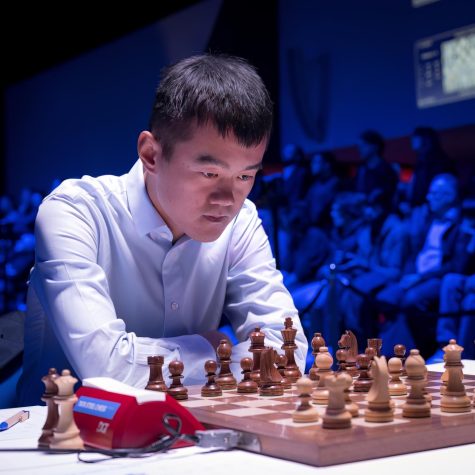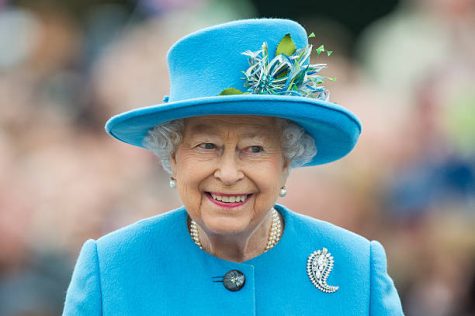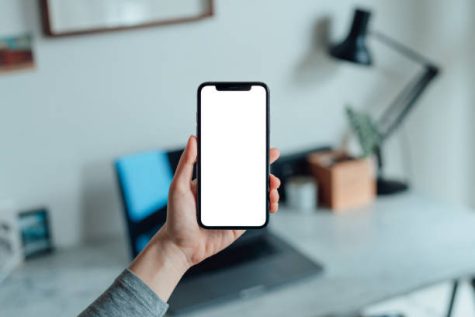The White House’s top three security measures
What comes to mind when thinking about the White House?
Is it the president? Maybe the oval office? Its location? Perhaps its history — both the bad and the good. Its scandals as well as its liberty. Its times of war and its times of peace. The olive branch and the arrow. Maybe one think’s about what it symbolizes?
Leadership.
Freedom.
Democracy.
NBC journalist Hasani Gittens reports that Omar Gonzalez, who breached the White house this September, was able to add a new word to the list — penetrable. “The breach has raised questions not just about Gonzalez, […] but also of presidential security at the White House,” Gittens wrote.
On September 19, 2014, the security of the White house became temporarily compromised when Gonzalez jumped its iron fence and entered the House’s front door. ABC News reports that the 42-year-old veteran carried a knife. Police later discovered two hatchets, a machete and 800 rounds of ammunition stocked in his car. As expected, this event turned many heads, and the government took action to stop such an event from happening again.
To protect the White House and what it stands for, the government took new measures:
- The Secret Service
Secret Service agents protect the welfare of presidential families, while being constantly alert. These men and women accompany the president and his family throughout their day and during any of their trips, making sure the areas around them are safe and secure from outside threats.
- The Flight-restricted zone
This restricted area around and above the White House bans any airborne vehicle (e.g. airplanes and helicopters) from crossing over it. High Tech Point reports that after 9-11, this restriction expanded, now aggressively enforced by the government. If an airplane flew into this area, jets would escort the stray plane away from the building. If the government determines that a plane is hostile, military aid would be called in to deal with the plane.
- Thorough screening
From the visitors to the food, the White House screens everything that enters its doors. They use background checks and powerful detectors on all people (including the president himself) to determine whether the individual should be allowed to enter the premise. Food, prepared by the house’s chief or brought by visitors, is tested and checked to see if any objects or harmful substances are present.





